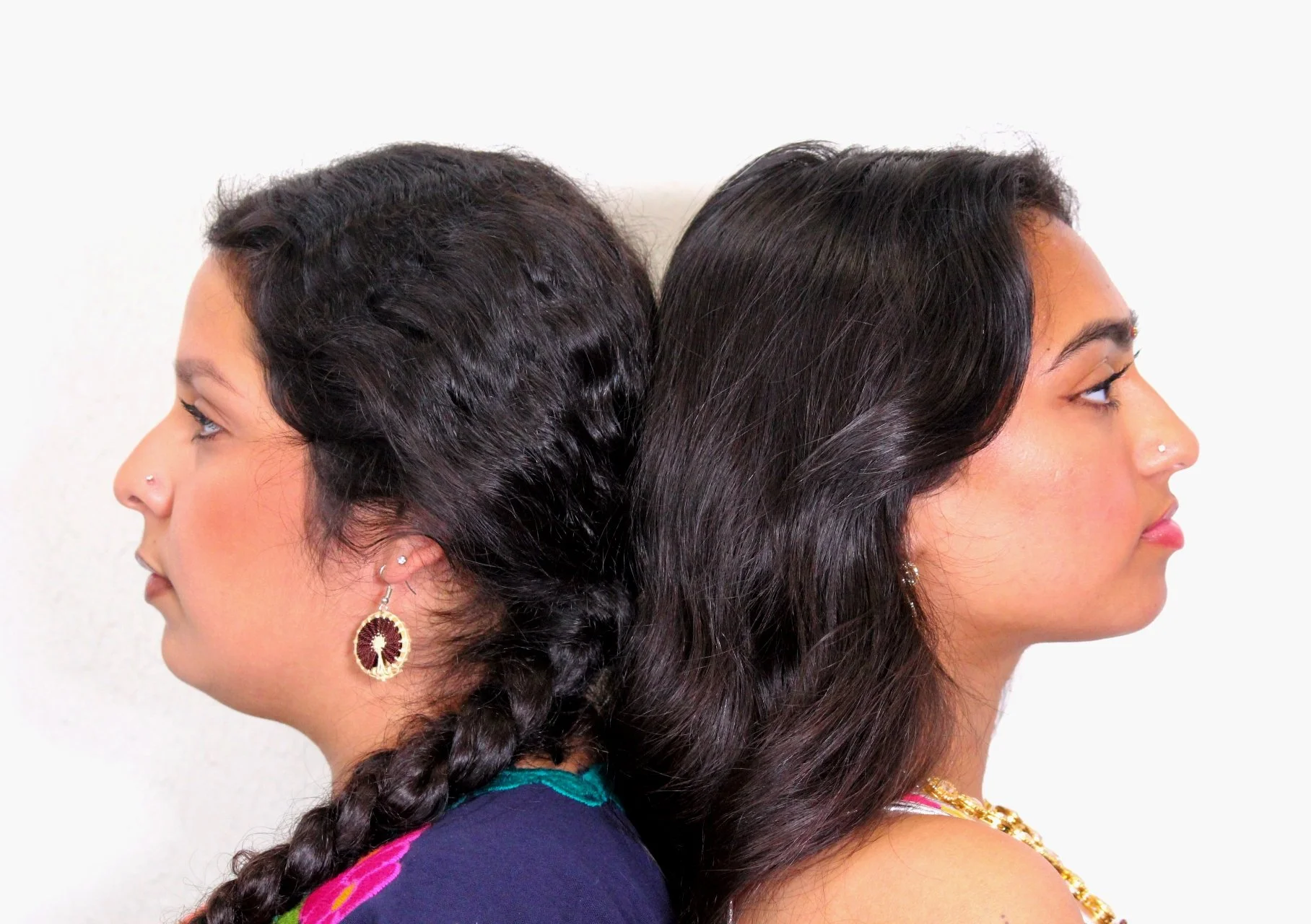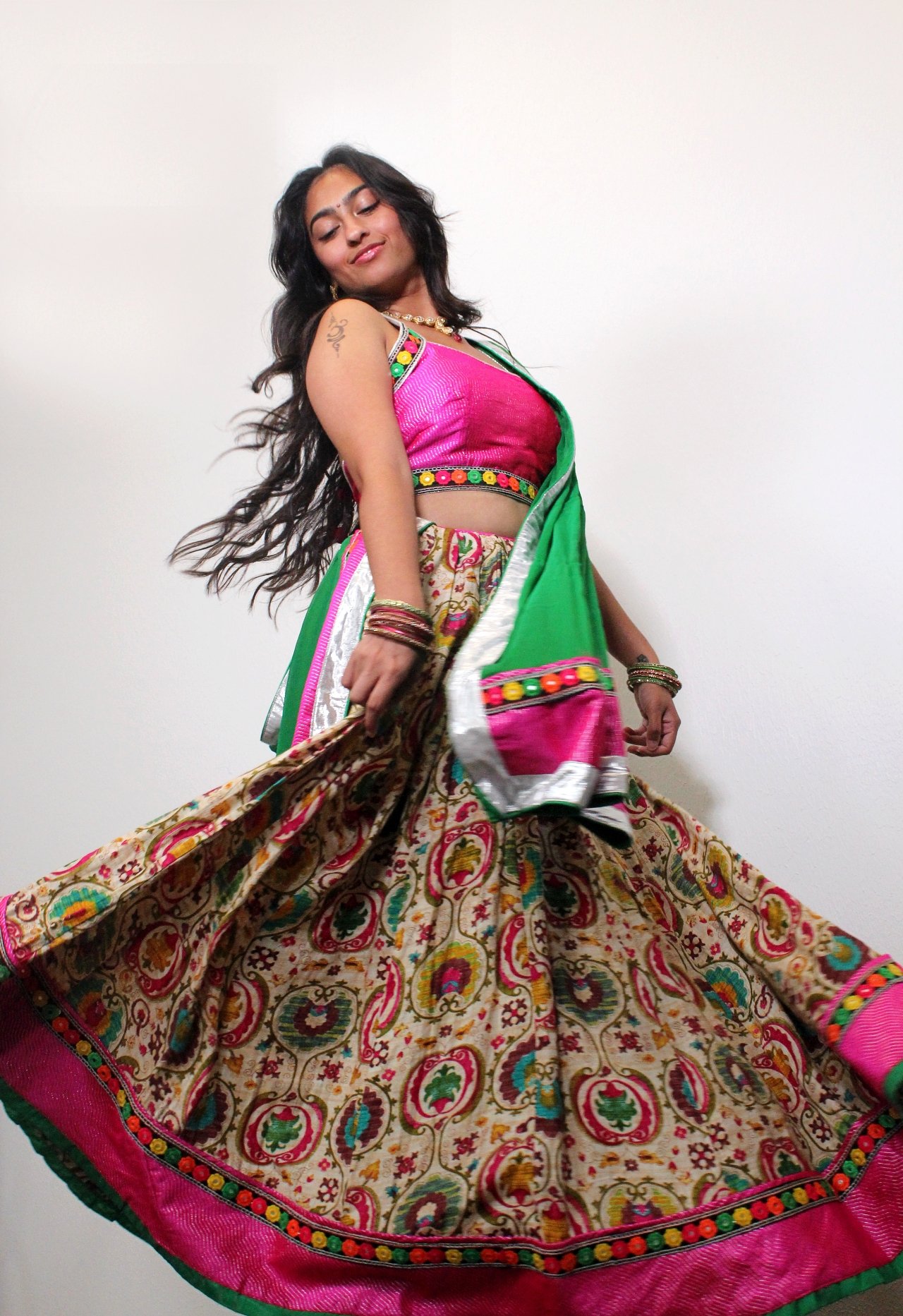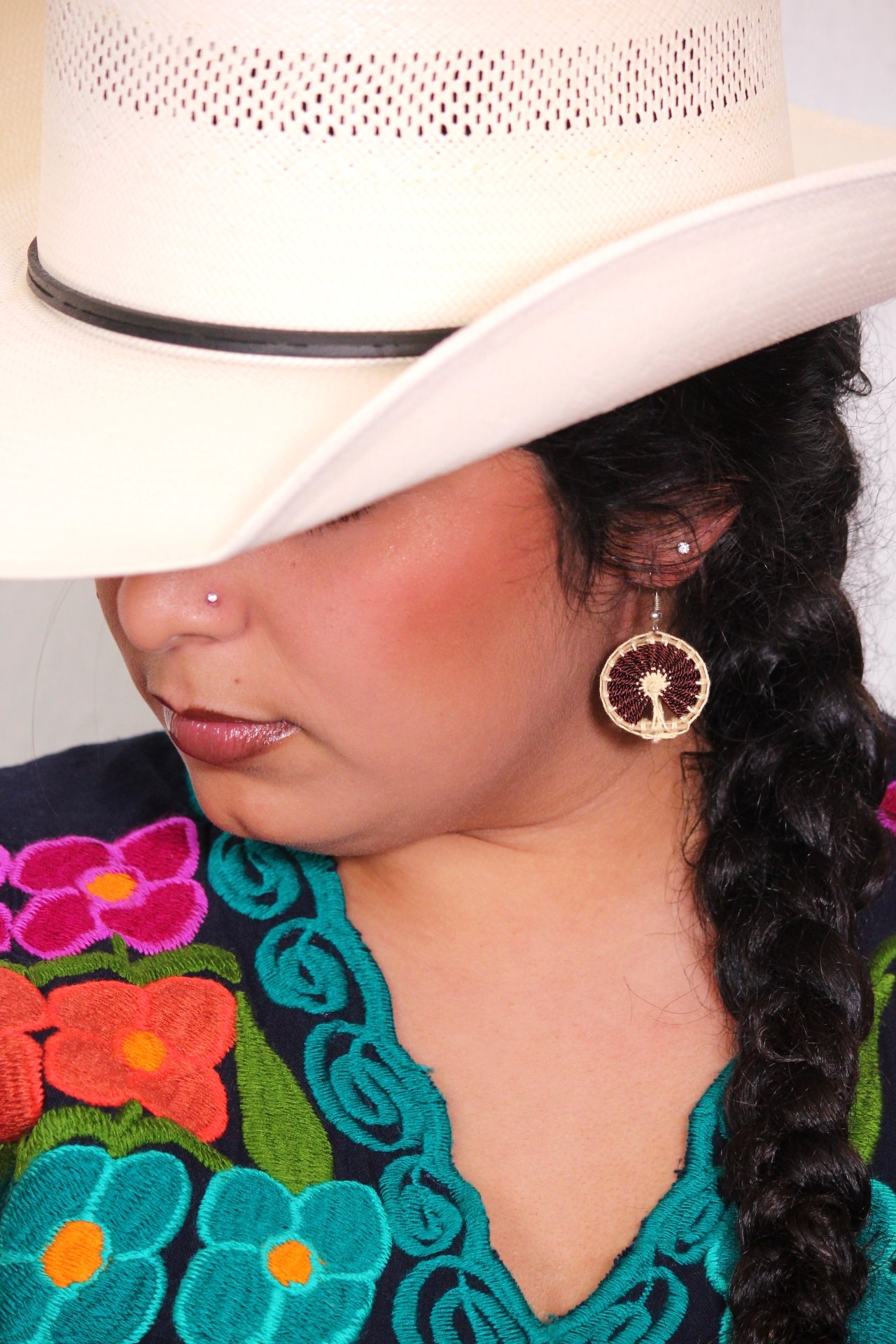Cultural Appr[ec/opr]iation
Everyone listen up! Supermodel Hailey Beiber just created the new fall essential lip trend. You would not believe the originality of the new look which she affectionately refers to as “brownie-glazed lips”. Except, for some reason, we feel as if we have seen this look before. Oh, that’s right! That’s because this lip combination has been a large trend within black and brown communities for decades now. The TikTok that Hailey Beiber released was met with waves of warranted backlash accusing her of cultural appropriation. So what is cultural appropriation? Further, is there a way that we can borrow ideas from cultures besides our own without being offensive?
Dictionary.com defines cultural appropriation as “the adoption, usually without acknowledgment, of cultural identity markers from subcultures or minority communities into mainstream culture by people with a relatively privileged status”. There are a few key parts of this definition that calls our attention. First, cultural appropriation happens when cultural identity markers are adopted from minority communities. This means that the counterargument of “well if I can't wear box braids, then black women straightening their hair is also appropriation” is not only a really weird comment, but it is also by definition incorrect. Second, this adoption of culture is usually done without acknowledgment. The importance of this aspect will become apparent when we discuss cultural appreciation.
We have seen it time and time again: white people using cultural styles and pieces of culture from people of color as costume pieces. This led to the rise of the slogan “my culture is not a costume”. Although we seem to have decided as a society that dressing as a caricature of a Native American for Halloween is no longer acceptable, we have by no means universalized that standard. One of the main places that we see this form of cultural appropriation fly under the radar is at music festivals such as Coachella. It started with offensive and ill-researched imitations of Headdresses, then we saw the rise of face paint and jewelry resembling a bindi, and now we are witnessing more and more festival goers wearing cultural items such as the Hindu Nath or headscarves that are tied in a way that is reminiscent of a hijab. However, cultural appropriation doesn’t only occur when culture is used as a costume. We have also seen the widespread adoption by white people of entire aesthetics from people of color. For example, the recently popularized “Clean Girl Aesthetic” (read TikTok’s New “It Girl”) is really just the repackaging and whitewashing of an aesthetic that has been seen in black and brown communities for decades. Hoops, slicked-back hair, and glossy lips have been rebranded from “trashy” to “sleek” and “high fashion”. This change in attitude towards this style only happened once it was adopted by white women.
While cultural appropriation can be subtle like the previously mentioned examples, it can also be incredibly obvious. This is exemplified by the way black women’s hairstyles have been worn by white women, specifically in the media. While black women have been told for years that cultural hairstyles such as dreadlocks, braids, and twists are “unprofessional” and “unhygienic”, white women wearing the same hairstyles have been praised for “stepping outside of the box”. When Miley Cyrus wore dreadlocks to the 2015 MTV VMAs, her hair was praised by many media sites and fans alike. People wasted no time releasing an article on how to achieve this look, PopSugar asserted that “us beauty girls could not stop obsessing over her fierce ponytail”, and other sites -such as Vogue- chose to gloss over the shockingly tone-deaf hair choice entirely in their critique of Miley’s looks.
On the other end of the spectrum we have cultural appreciation. Cultural appreciation stems from a desire to learn about another culture; you actively seek to understand the significance of different parts of a culture in order to broaden your horizons. It is a yearning to bask in the beauty of other cultures, not to take aspects away from them for yourself. There is a clear difference between these two concepts: intention and education. Where cultural appropriation is done for personal gain, cultural appreciation intends to bridge cultural divides. Where cultural appropriation is rooted in a lack of knowledge or care, cultural appreciation flourishes from fondness and a pull to learn.
Written by Chloe foster, Photography by Esha Uddaraju, Social Media by Sudiksha Pai




